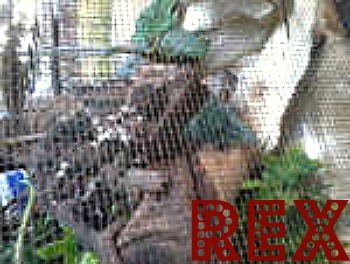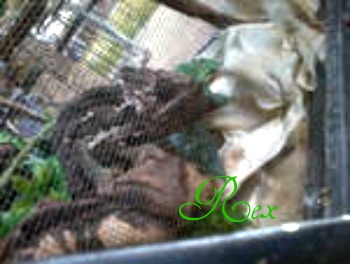Veiled Cham101
New Member

I am worried about my veiled chameleon, Rex, having the bone disease. I am now dusting his crickets, watering him heavily two to three times a day now. He spends his day in the sun in 80 degree weather. At night he slumbers in the dark. Every other day or so he bulges his eyes. I'm worried that he has the MBD thing. Can I treat him by dusting and gut-loading his crickets, watering him regularly as I have been, and putting him in the sun all day?



